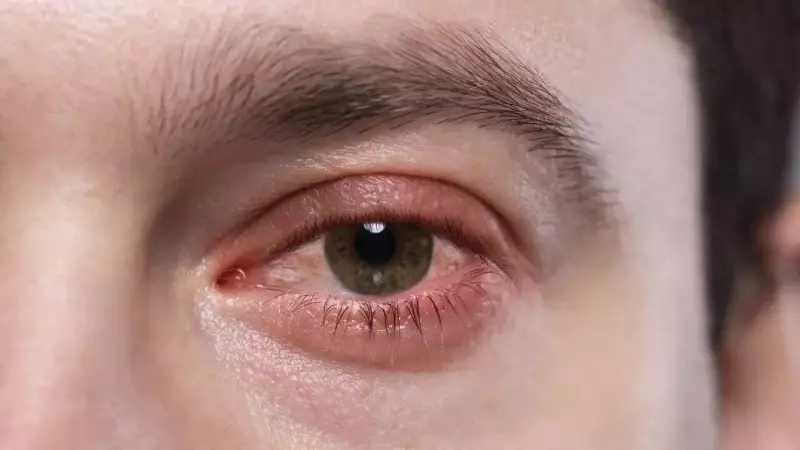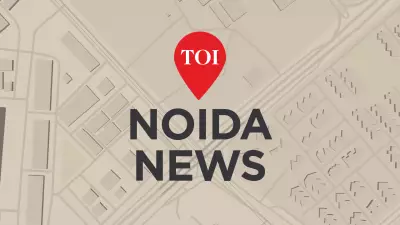
While Delhi's hazardous air quality has long been associated with respiratory problems, medical experts are now sounding the alarm about another critical health concern: severe eye damage. The toxic smog blanketing the capital isn't just attacking your lungs—it's systematically harming your vision and ocular health.
The Invisible Assault on Your Eyes
Delhi's polluted air contains a dangerous cocktail of particulate matter (PM2.5 and PM10), nitrogen dioxide, sulfur dioxide, and other harmful chemicals that directly irritate and damage the delicate structures of your eyes. Doctors across the city are reporting a significant surge in patients complaining of eye-related issues directly linked to air pollution.
Common Symptoms You Shouldn't Ignore
- Persistent burning sensation and redness
- Extreme dryness and gritty feeling
- Watery eyes and excessive discharge
- Blurred vision and light sensitivity
- Itching and swelling of eyelids
- Feeling of having foreign objects in eyes
Why Your Eyes Are Particularly Vulnerable
The thin tear film that protects your eyes acts as a direct gateway for pollutants to penetrate and cause inflammation. Unlike your skin, which has multiple protective layers, your eyes have minimal defense mechanisms against airborne toxins.
Chronic exposure to polluted air doesn't just cause temporary discomfort—it can lead to long-term conditions like conjunctivitis, dry eye syndrome, corneal damage, and in severe cases, accelerated development of cataracts and age-related macular degeneration.
Who's Most At Risk?
- Contact lens wearers: Pollutants can get trapped behind lenses, causing prolonged exposure
- Elderly individuals: Naturally reduced tear production makes them more vulnerable
- Children: Their developing eyes are more susceptible to permanent damage
- Outdoor workers: Extended exposure increases risk of chronic conditions
- People with pre-existing eye conditions: Asthma or allergy sufferers experience compounded effects
Protective Measures You Can Take Immediately
Don't wait for the government to solve the pollution crisis—protect your eyes today with these practical steps:
- Wear wrap-around sunglasses or protective eyewear when outdoors
- Use preservative-free artificial tears to flush out pollutants
- Avoid rubbing your eyes, which can grind pollutants deeper into tissue
- Maintain good hydration to support natural tear production
- Use high-quality air purifiers indoors with HEPA filters
- Practice regular eye washing with clean water after returning from outside
- Consider adding omega-3 fatty acids to your diet for better eye lubrication
When to Seek Medical Attention
If you experience persistent symptoms for more than 24-48 hours, severe pain, significant vision changes, or yellow/green discharge, consult an ophthalmologist immediately. Early intervention can prevent long-term damage to your precious eyesight.
As Delhi continues to grapple with its annual air quality crisis, understanding the full spectrum of health impacts—beyond just respiratory issues—becomes crucial for comprehensive self-protection. Your eyes are sending you signals; it's time to listen and take action.





